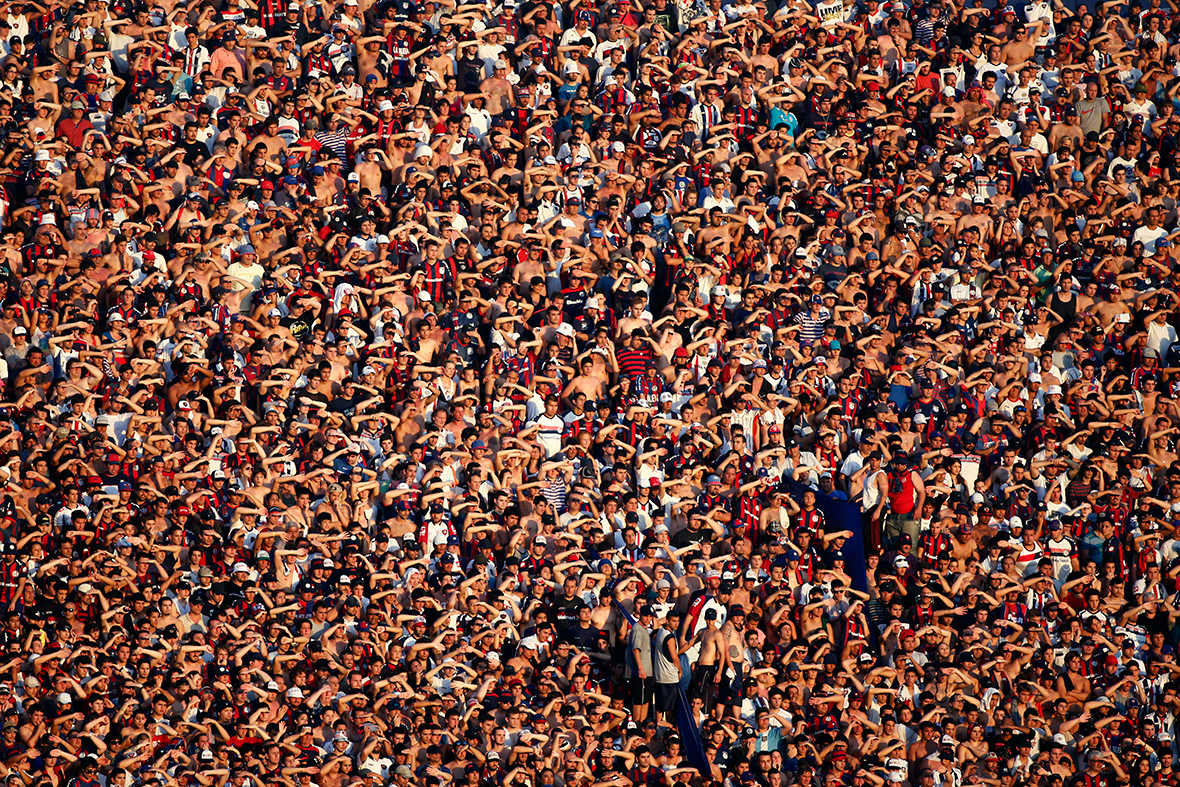Grasslands have vast stretches of grass with trees only on the fringes. Grasslands have deep soil, which is very fertile. Grasslands serve as natural pastures for many wild animals like deer, zebras, wild horses, etc., as well as for domesticated animals.
Grasslands provide mankind with food, whereas the animals that graze on them provide us with meat, milk, wool, hides, etc. However, if grasslands are not maintained properly, they can become barren due to human interference.
Causes of Depleting Grasslands:
ADVERTISEMENTS:
Livestock Population:
As human population is exploding, so is livestock population. This is leading to lack of grasslands for cattle to graze on. Therefore, vast stretches of grasslands are being overgrazed, which needs to be corrected. Overgrazing also leads to soil erosion, which is a hindrance to development of the green cover.
Urbanization:
Grasslands are being converted to meet the demands of growing urbanization.
ADVERTISEMENTS:
Climate Change:
Climate change has affected the growth and development of grasslands.
Over-Cultivation:
Intensive cultivation of the land causes barrenness.
ADVERTISEMENTS:
Soil Salinity:
Soil turns saline due to human activities, like overuse of chemicals and fertilizers.
Fire:
It is an important factor causing destruction of grasslands and forests in dry tropical regions and temperate regions. Fire is caused due to man-made activities and sometimes due to lightning.
Uses of Grasslands:
The various uses of grasslands are as follows:
i. Grasslands serve as grazing areas.
ii. Dried grass is collected as fodder.
iii. Dried grass is used to make thatched huts and roofs and is woven into baskets and household items.
iv. Dried trees, grass and thorny bushes are used as fuel.
v. Grasslands, with their fertile soil, are used to grow vegetables, grains and fruits.

